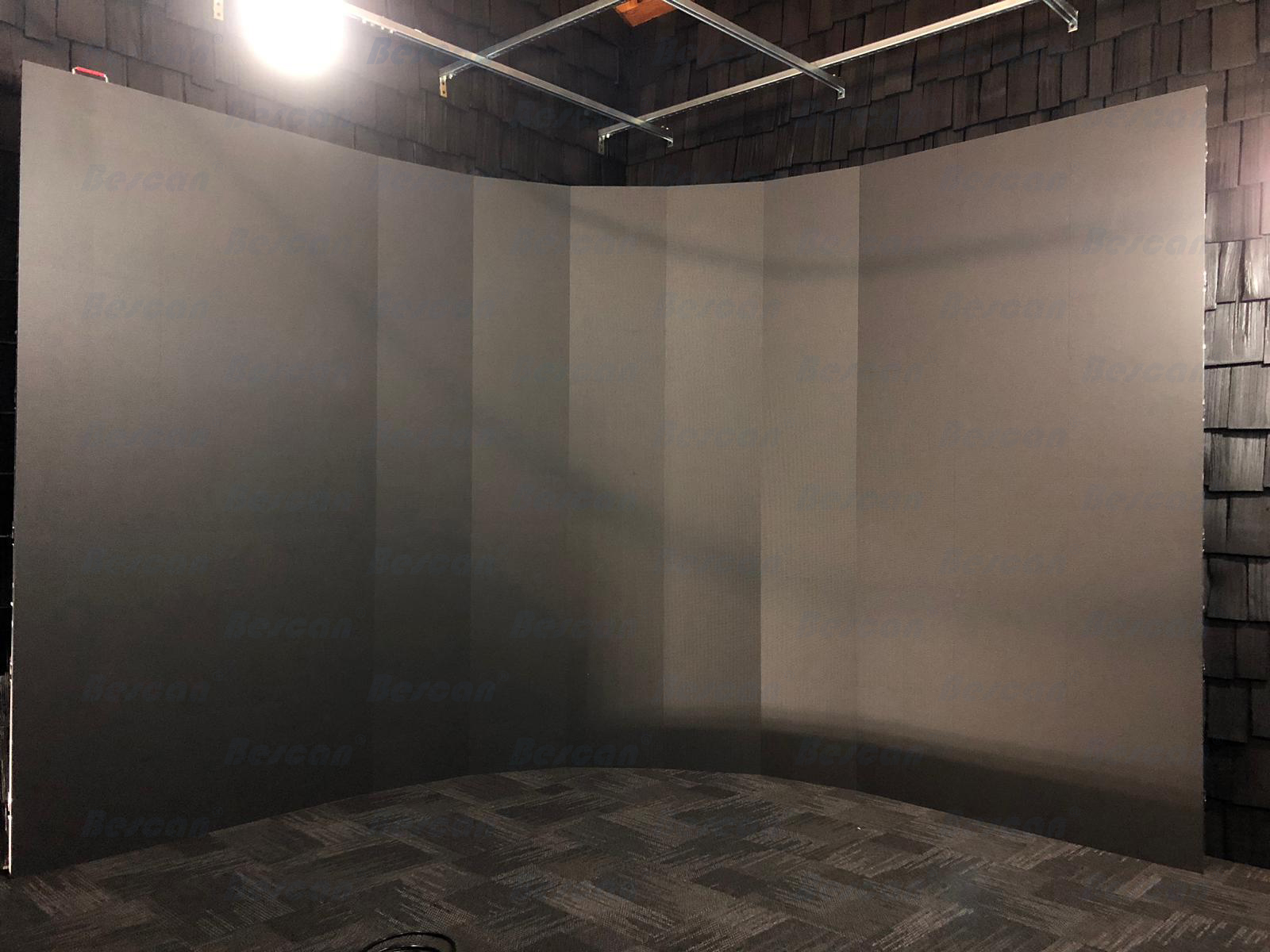In the ever-evolving world of display technology, choosing between LED and OLED can be a daunting task. Both technologies offer distinct advantages and cater to different needs, making it essential to understand their strengths and weaknesses before making a decision. This blog will delve into the key differences between LED and OLED displays, helping you make an informed choice.
Understanding LED and OLED Technologies
LED (Light Emitting Diode) Displays:
LED displays use light-emitting diodes as a backlight to illuminate the pixels on the screen. These diodes are placed behind the LCD panel and are responsible for providing the light that passes through the liquid crystals to create the images you see.
OLED (Organic Light Emitting Diode) Displays:
OLED displays, on the other hand, use organic compounds that emit light when an electric current is applied. Each pixel in an OLED display is self-emissive, meaning it generates its own light without the need for a backlight. This fundamental difference leads to several distinct advantages and disadvantages.

Advantages of LED Displays
Brightness:
LED displays are known for their exceptional brightness, making them ideal for use in well-lit environments. They can produce vibrant images even in direct sunlight, which is a significant advantage for outdoor displays.
Cost-Effective:
LED technology has been around for a longer time and is generally more cost-effective than OLED. This makes LED displays a popular choice for budget-conscious consumers and large-scale installations.
Longevity:
LEDs tend to have a longer lifespan compared to OLEDs. The inorganic materials used in LED displays are more durable and less prone to degradation over time.
Availability:
LED displays are widely available and come in various sizes and configurations. This versatility makes them suitable for a broad range of applications, from televisions to digital billboards.
Advantages of OLED Displays
Superior Image Quality:
OLED displays offer unparalleled image quality with true blacks, infinite contrast ratios, and vibrant colors. Since each pixel emits its own light, OLEDs can turn off individual pixels completely to achieve perfect black levels, enhancing the overall visual experience.
Thinner and Lighter:
Without the need for a backlight, OLED displays are significantly thinner and lighter than their LED counterparts. This makes them ideal for modern, sleek designs in consumer electronics such as smartphones, TVs, and wearables.
Faster Response Time:
OLEDs have faster response times and refresh rates, making them perfect for applications that require quick, smooth transitions, such as gaming and fast-paced video content.
Flexible and Transparent Displays:
The organic materials used in OLEDs allow for the creation of flexible and transparent displays. This opens up innovative possibilities for futuristic designs and applications, including foldable smartphones and transparent screens.
Disadvantages of LED Displays
Black Levels and Contrast:
LED displays struggle to achieve the same level of blackness and contrast as OLEDs. The backlight in LED displays can cause light leakage, leading to less accurate black levels and lower contrast ratios.
Viewing Angles:
LED displays often suffer from limited viewing angles, where the image quality degrades when viewed from the side. This can be a drawback in situations where multiple people need to view the screen from different angles.
Disadvantages of OLED Displays
Cost:
OLED technology is more expensive to produce, resulting in higher prices for OLED displays. This can be a significant barrier for consumers looking for affordable options.
Longevity:
OLEDs are prone to burn-in and degradation over time, especially when displaying static images for extended periods. This can affect the display’s lifespan and overall performance.
Brightness:
While OLEDs offer superior image quality, they may not achieve the same level of brightness as LED displays. This can be a limitation in very bright environments or outdoor settings.
Conclusion: Which is Better?
The choice between LED and OLED ultimately depends on your specific needs and preferences. If you prioritize superior image quality, true blacks, and cutting-edge design, OLED is the way to go. However, if you need a bright, cost-effective, and long-lasting display for well-lit environments, LED might be the better choice.
Both technologies have their unique strengths and weaknesses, and understanding these differences will help you make the best decision for your display needs. Whether it’s for a high-end home theater, a digital billboard, or the latest smartphone, both LED and OLED offer compelling advantages that can enhance your viewing experience.
Post time: Jul-20-2024



